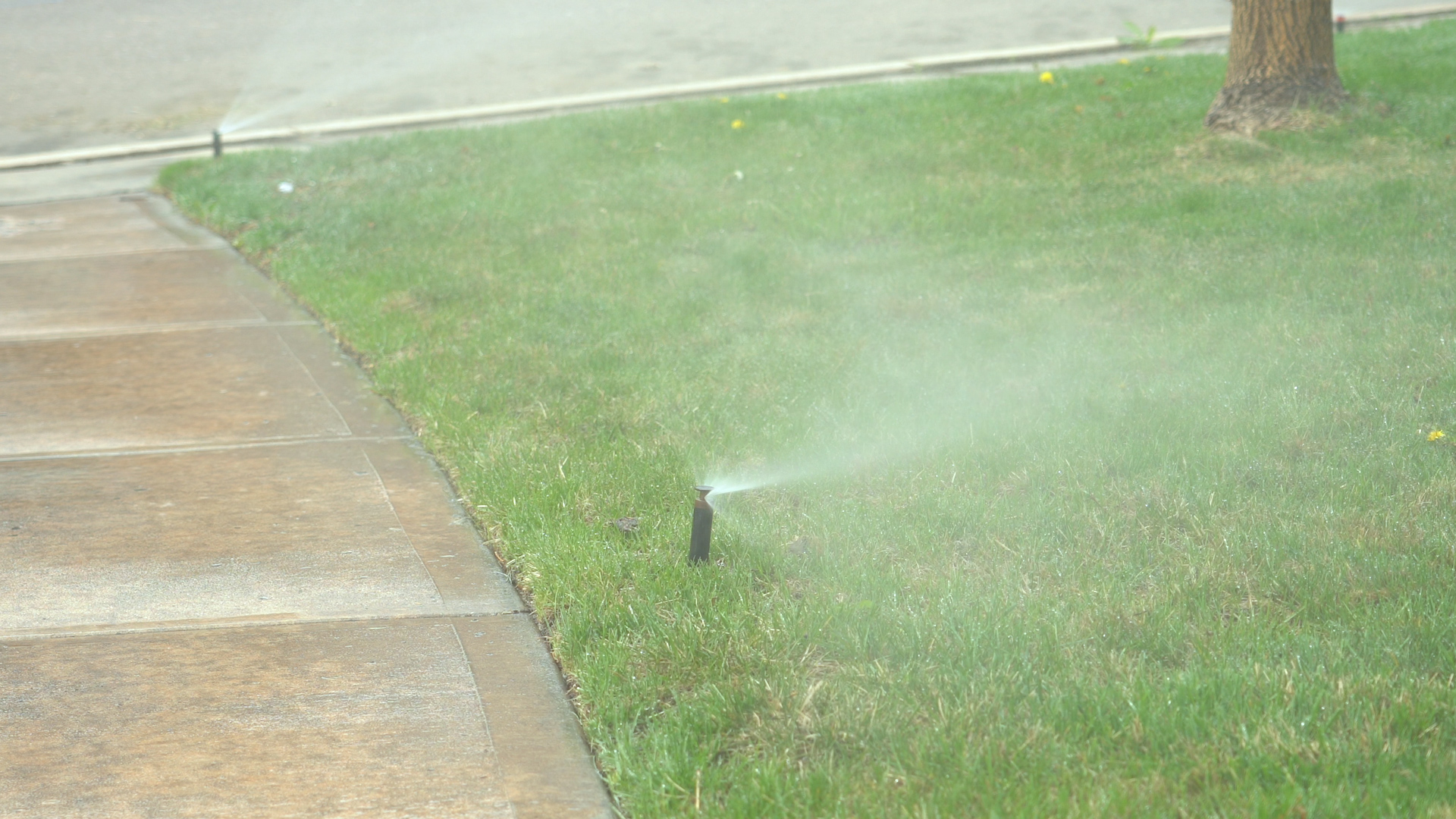
Making the switch to high-efficiency sprinkler heads
Spring is here, the time when flowers start to bloom, leaves pop out of the trees and grass starts to grow.
It’s also the season when homeowners fire up their sprinklers systems after the dormant winter months, providing a prime opportunity to evaluate sprinkler systems and landscape designs.
“Irrigation systems have come a long way over the past 20 years,” said Jeff Tejral, water efficiency manager at Denver Water. “We’re encouraging homeowners, businesses and local governments to replace their old, fixed-spray-head sprinkler nozzles with high-efficiency rotary heads.”
Fixed-spray-head nozzles are the most common types of sprinkler heads out there, but they throw large amounts of water up in the air as a mist.
“The biggest problem with fixed-spray heads is that they put out water faster than our hard clay soil can absorb it,” Tejral said. “The other issue is if there’s wind, the smaller droplets from the spray can blow away and not fall where you want it.”
These problems can lead to brown spots in your landscape due to uneven coverage. But modern, rotary nozzle sprinkler heads can help.
“Rotary nozzles spray larger water droplets that are heavier and fall to the ground rather than blowing away if there’s wind,” Tejral said. “They also send out water at a much slower rate, so the ground has more time to absorb it.”
High-efficiency sprinkler heads deliver multiple rotating streams of water. Proper use requires them to run longer, but because they don’t put out as much water, they use the same or less water than fixed-spray heads.
“The big benefit is that you’re getting water where it needs to go at a better flow rate. That’s going to make the sprinklers more efficient and reduce waste,” Tejral said.
The price of high-efficiency rotary sprinkler heads has come down over the years, according to Tejral, and they are also more available to the public. Prices range from roughly $5 to $7 per nozzle. By comparison, typical fixed spray heads range from $1.50 to $3 per nozzle.
Denver Water offers rebates on select models of high-efficiency rotary sprinkler heads, which can be found at home improvement and irrigation supply stores. They can be used to water grass or other parts of a landscape. Denver Water customers can receive a one-time, $3-per-head rebate on purchases of 10 to 100 heads.
“Half of Denver Water’s overall water use is for outdoor irrigation, so it’s important that our customers water their landscapes as efficiently as possible,” Tejral said. “Water is scarce in the West, so by switching sprinkler nozzles, you can have a great-looking yard and help protect our water supply.”
When installed correctly, the benefits of high-efficiency rotary sprinkler heads include:
• Easy-to-install retrofits for pop-up irrigation heads.
• Increased radius range.
• Considerably less water flow per minute than conventional spray nozzles allows water to soak into the soil easier.
• Fewer missed spots produces better coverage.
• Work better in wind.
• Reduced runoff on slopes and clay soils.
• Less chance for water waste.




